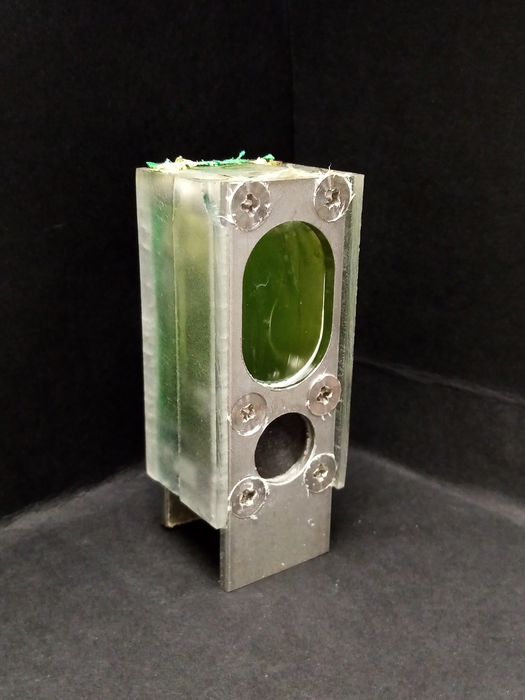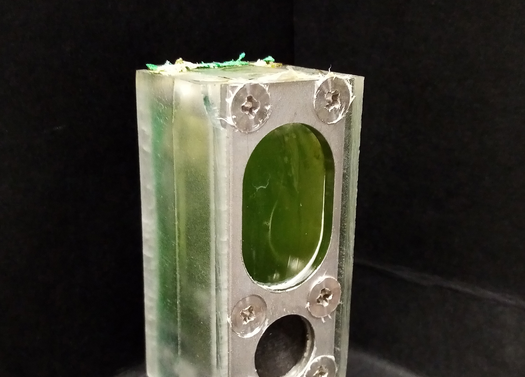Is there a future where computers are run by solar power? It could be possible after researchers at Cambridge University found a way to power a small computer using blue-green algae.
According to NewScientist, the experiment was led by Christopher and his colleagues in Cambridge. They were able to build a battery-sized container made from aluminum and plastic and placed the “blue-green algae” inside. These algae, which is a colony of cyanobacteria called Synechocystis sp. PCC 6803, could produce oxygen and power through photosynthesis when placed under the sun.

The researchers placed the algae-filled container under a windowsill for six months during the Covid-lockdown in 2021. It proved to be a sufficient source of energy for a computer with an Arm microprocessor.
The computer consumed o.3 microwatts of power in 45 minutes of calculations and 0.24 microwatts in 15 minutes of standby. The computer actually kept track of the power output, and the resulting data was stored in a cloud for researchers. The computer kept running for six months straight with no power interruptions, and even when the experiment ended, the algae still produced power.
Although the energy production of 0.3 microwatts from the algae is nowhere close to the energy consumption of the average desktop computer (200 watts), this experiment could start more research on the production of cleaner energy using microorganisms. This clean energy could be a sustainable replacement for the wasteful chemicals and materials used in batteries.
The algae that contained the cyanobacteria could even produce power during periods of complete darkness. The researchers say that empty plastic bottles could be used as containers for these algae, which means that devices like the algae battery could be produced very cheaply. They find that it can be available for commercial use in five years or so. The researchers also found species of algae that can produce higher currents.
Other POP! stories you might like:
“Robots come in peace,” AI states in a computer-generated article
Drinking from this straw might cure your hiccups (90% of the time)
This robot made a Super Mario Bros mural out of dominoes in just one day



